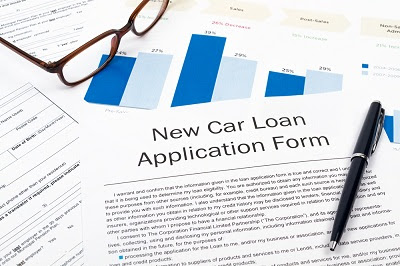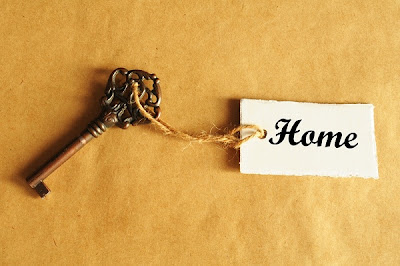Everyone is still talking about the recent petrol price hike and it doesn't seem to end there. More price increases are expected to follow. It’s really time to be efficient in managing finances to make way for the hike.
Here, we look at some simple ways you can beat rising fuel costs:
1) Use loyalty cards
Many petrol stations offer loyalty cards to reward their regular customers. Make use of the loyalty cards and try to always pump from the same petrol company. You can also take advantage of credit card that offers reward or cashback on money spent on petrol.
2) Do not leave your engine idling
Waiting for your girlfriend in the car? Turn the engine off. You are wasting petrol and also releasing unnecessary harmful emissions by leaving your car idle while you wait for passengers. It is estimated that for every two minutes you leave your car idle, you use the same amount of petrol to travel about 1.5 km. It’s bad enough for city dwellers to be stuck in stationary traffic (the infamous horrific traffic congestion in Klang Valley) all the time, so when you have the option, reduce idling whenever and wherever you can.
3) Be a smooth driver
How do you drive on the road? If you are the type of driver who likes to accelerate and make sudden stops, it is time to change your driving style. While you may not be able to see a significant immediate difference in your petrol consumption by changing your driving style; you can save quite a bit of money on petrol over the year.
Drive as smoothly as possible by braking and accelerating gently and if you drive a manual vehicle, change your gear as early as possible.
4) Reduce your mileage
Try not to drive unnecessarily. It’s really time to consider carpooling as an option to reduce petrol cost and also to be kind to our planet. By reducing the mileage on your car, you will also slow down your car’s depreciation. It’s a win-win situation!
5) Clean your car
If you are the type to live off your car, it’s time to clean up. Keeping a boot filled with junk can increase your petrol consumption due to the extra weight. Don’t keep boxes and heavy things (baby stroller, etc.) in the car when you don’t need them as the extra weight increase the drag factor causing your car to be less efficient.
6) Plan your journeys
There are various free GPS apps available for download to help you plan your journeys wisely. Learn the route to the destination before starting your journey to avoid getting lost and being stuck in traffic. Circling round and round looking for your destination can make a huge difference to your petrol consumption, so it’s worth planning your route before you leave home.
7) Get your car serviced
When did you last service your car? Servicing your car regularly will increase your vehicle’s fuel efficiency. It’s time to book an appointment with the workshop to service your car and do it regularly.
8) Pump up your tyres
Drivers are advised to regularly check their tyres-inflation, not just for safety reasons but also to ensure their vehicle’s fuel efficiency is at its optimum. The reason under-inflated tyres waste more petrol is because they create too much traction, and thus need more petrol to get them going. However, do bear in mind not to over-inflate your tyres as this can be dangerous.
9) Cut down on insurance premium
It makes sense to reduce the overall amount you spend on your car, and cutting down on your car insurance premium is the easiest and most significant way to go about it. Do your homework and look for the best car insurance comes renewal time. You can also play around with the insured amount according to the amount you still owe to the bank for the car loan and the market value of your vehicle.
10) Use public transport
Seriously. If you are heading somewhere with an LRT station located nearby, try taking the LRT there. It saves you loads in petrol and parking fees, especially if you are going into KL’s city centre. Various free feeder buses are also available in the city to help ease your transportation woes. If you are outside of the urban areas, try walking whenever possible. The air is fresher and it’s a great workout.










 Posted in:
Posted in: 






